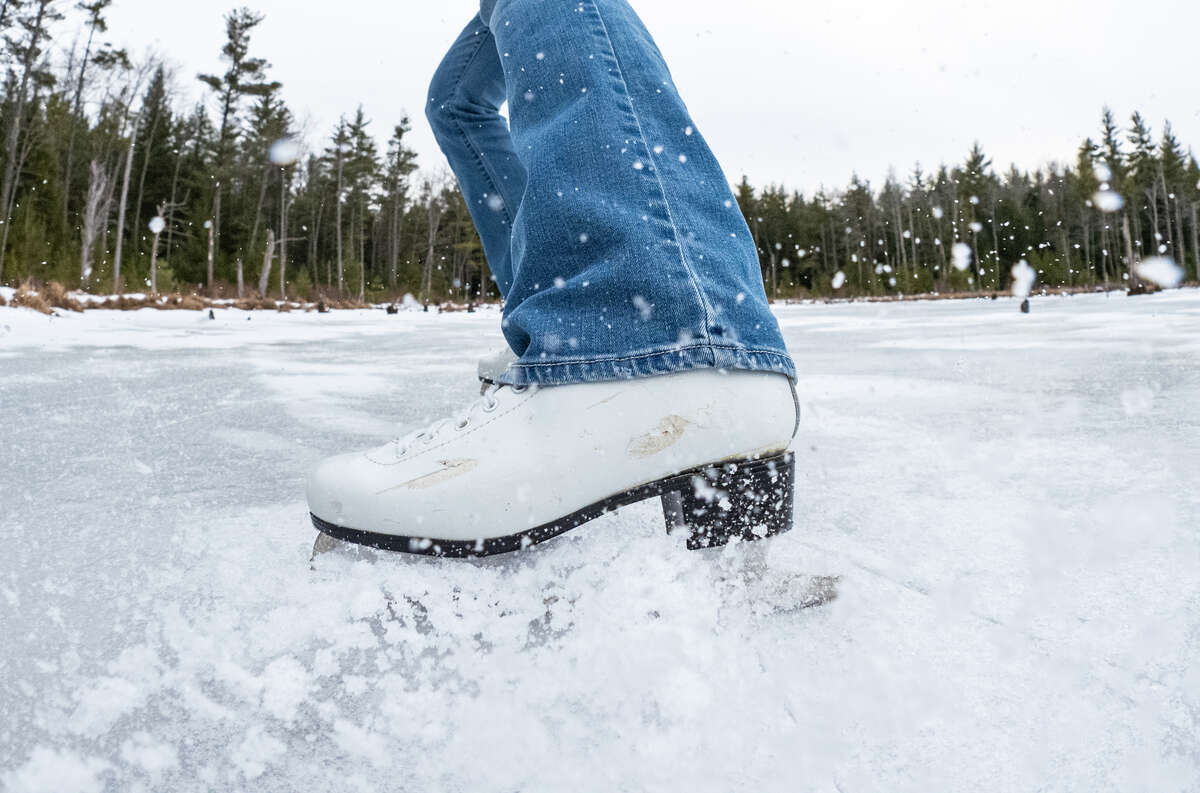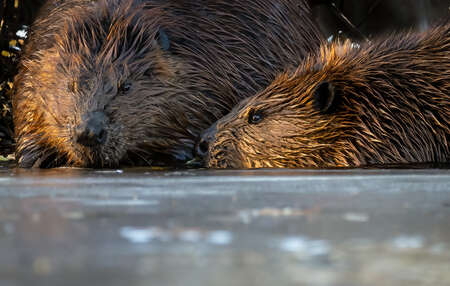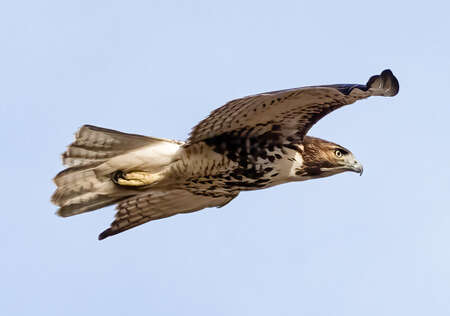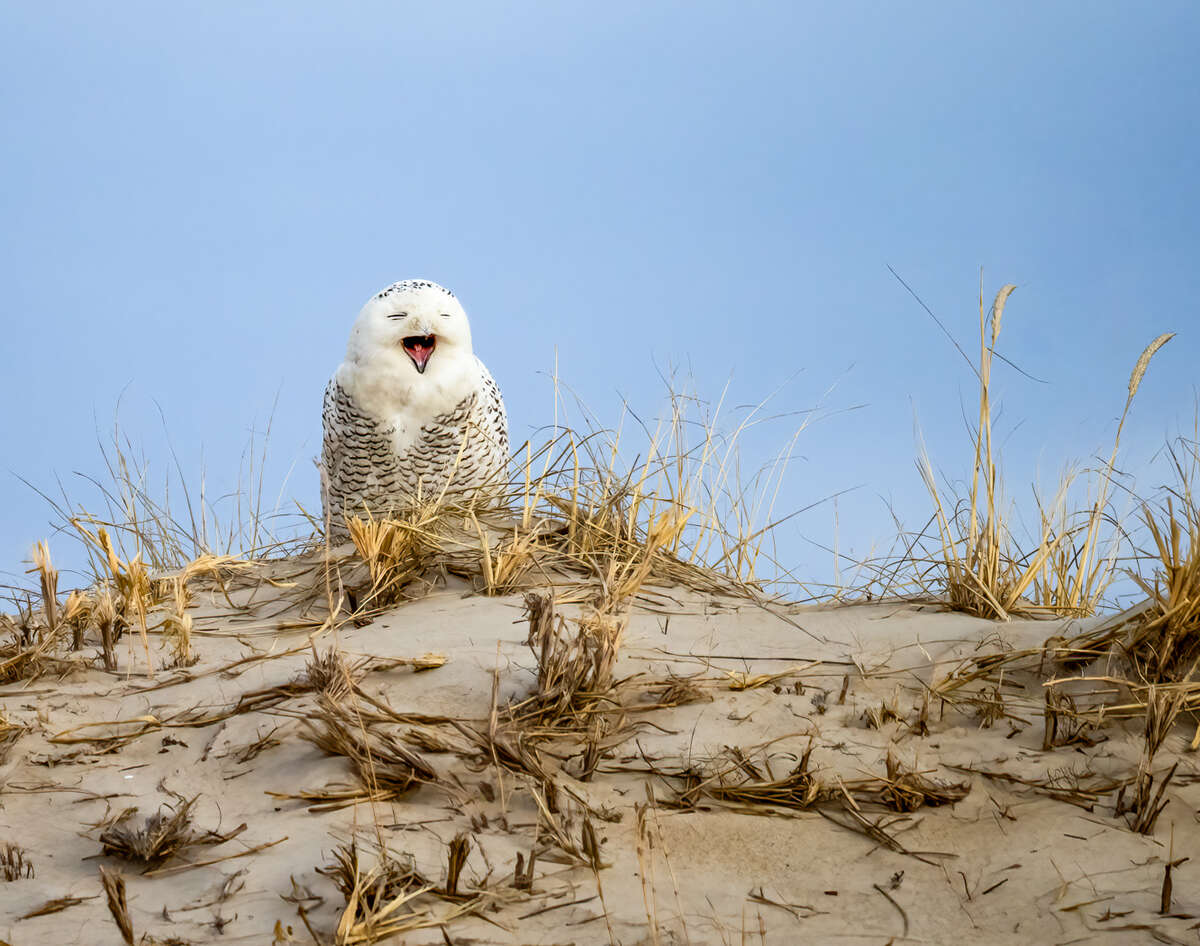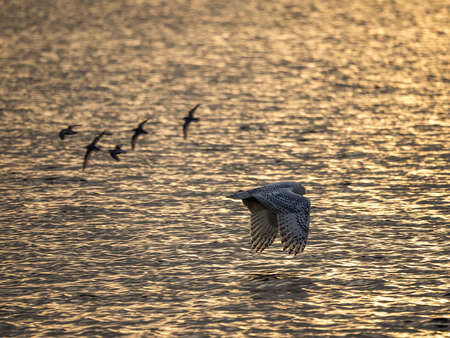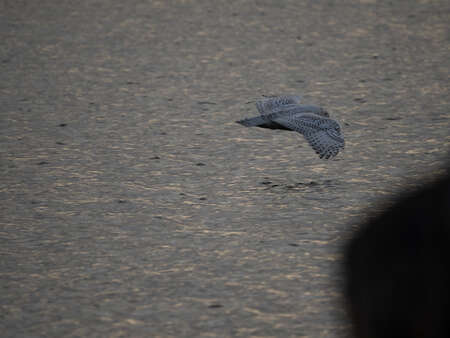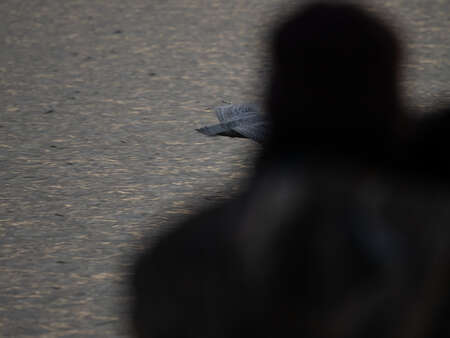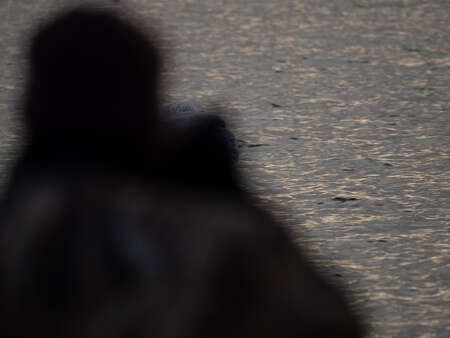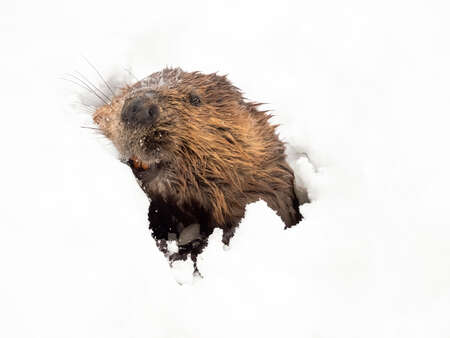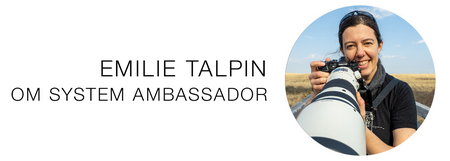It has been over a month since my Break Free Program project was published, yet my daily routine has not slowed down in the slightest. Observing wildlife and being outside is an essential part of my life and equilibrium so, despite the ice enveloping the pond, I am still out every day.
A friend of mine told me that there is a name for this in the Nordic countries. They call it freeluftsliv, which translates to open-air living. I guess as a wildlife photographer it makes sense to embrace such a lifestyle and understand that there is no such thing as bad weather, just bad clothing or poor choice of camera equipment, which is not the case thanks to my Olympus weather-sealed gear. I am not even concerned about taking it on an ice-skating trip to the lake.
The beavers, on the other hand, have been more elusive. They don’t come out as much during frigid spells, but they can be quite active in the afternoon when the weather warms up – i.e., gets above freezing. It is also mating season and, for a few days, I was able to observe the couple as they got closer as well as record a little interaction between them thanks to my LS-P4. I am thankful for these winter days when I am often alone at the pond, blending into nature, and the beavers behave as if I am not there, enabling me to capture their intimate moments.
On January 1st of 2020, I decided to start a tradition: photograph a new bird to kick off the year. I happened to be travelling in Costa Rica on that day and captured a Resplendent Quetzal in the early morning hours of the new year. This magnificent bird known as “God of the Air” is venerated by the Aztecs and Mayans and said to bring good fortune to those who see it. One might find this ironic given that 2020 brought anything but good fortune to many, but this Quetzal did deliver some luck my way. I have a job, I am in good health, and I was selected to be one of the ten participants of The Break Free Program. This is my good fortune.
Staying true to my tradition, I got an early start on January 1 of 2021 and, armed with my E-M1X, M.Zuiko 100-400mm, and the incredible Bird Detection AF, I set out for the seacoast and saw my first snowy owl.
It was a truly magical experience even if the owl was too far away to get a good photograph. However, as I was leaving the coast, I was surprised to see two red tail hawks. I quickly pulled over and couldn’t believe my luck when one of them flew in my direction and I was able to capture my first bird in flight with the 2X converter still attached. I am not a bird photographer so I did some research on the Olympus Learn Center and read through the pro-tips of Olympus Visionary Scott Bourne and Olympus Educator Steve Ball to get my settings right. The Olympus website is my go-to place for inspiration and pro tips, and I highly recommend it.
It took several trips to the seacoast before I finally saw a snowy owl on a nearby sand dune. Snowy owls have been migrating in good numbers to our coast giving photographers more opportunities to see them, but this also has led to an increasing number of photographers and unethical people putting stress on the owls by stalking them in their natural habitat. Fortunately, this sad but increasingly widespread behavior is being called out more and more thanks to social media and hopefully these behaviors will start to change. As I walked closer to the sand dune that day, I noticed a few photographers silently and respectfully watching the owl. It was a bitterly cold afternoon and the owl was content sleeping on top of the sand, giving us a couple of yawns from time to time, in between preening.
Then, as if in a movie, it suddenly stretched its wings and flew off into the sunset. Thanks again to the Bird Detection AF and M.Zuiko 100-400mm, I was able to photograph this special moment. The bird tracker did such an amazing job. Even as a photographer stood in front of my lens, it still kept track of the snowy owl. It really astonished me how powerful the bird tracker was. You can see that all the images are focused on the bird, despite a fellow photographer being between my camera and my subject.
I will probably try to capture a last image of a snowy owl this year once I have the new M.Zuiko 150-400mm F4.5 TC1.25x IS PRO. But for now, snow is falling frequently on the pond, transforming my canvas into an immaculate white page which creates perfect conditions for High Key photography.
After attending an online bird conference, I was inspired to try this technique and to rethink some of the photography basics I have learned. The idea behind High Key photography is to push your histogram to the right without blowing your highlight on the animal. The focus is fully on the animal in order to isolate it from its environment. The image below was taken after a storm, when I could hear a beaver but was unable to locate it. I figured it must have been under the snow and because I know where they usually surface, I was able to position myself correctly and capture this image of the beaver coming out of a hole it had just made.
I cannot wait for more snow and grey skies to keep on practicing with High Key photography and Bird Detection AF.
Instagram: @emilietalpin
Emilie Talpin is a French teacher and photographer based in New Hampshire who is passionate about macro, wildlife, night sky and videography. When not in front of her classroom, she loves traveling, exploring the outdoors, and chasing her next photo.
